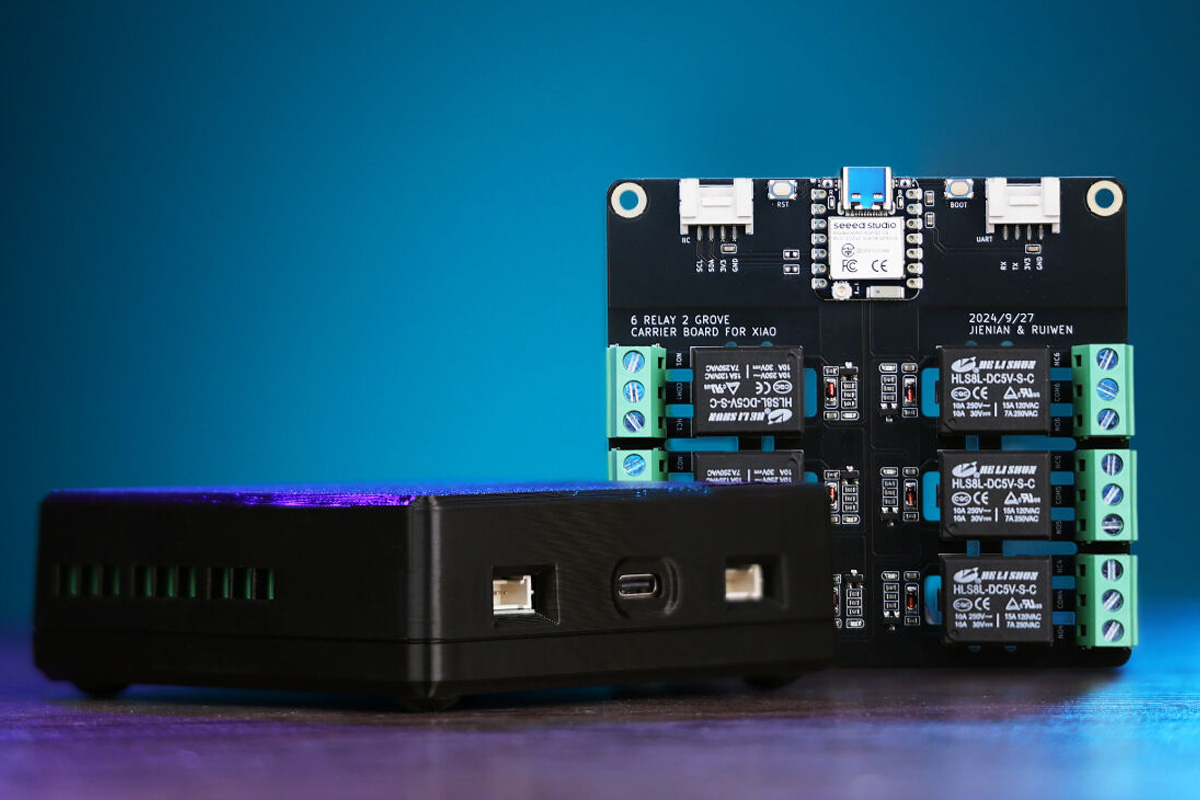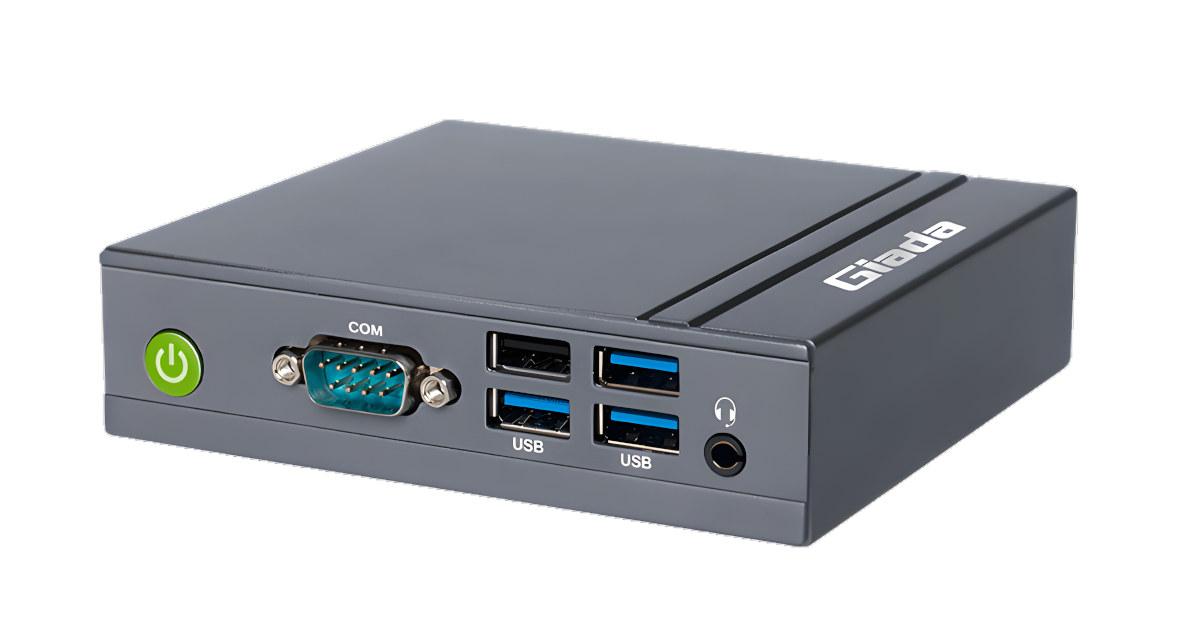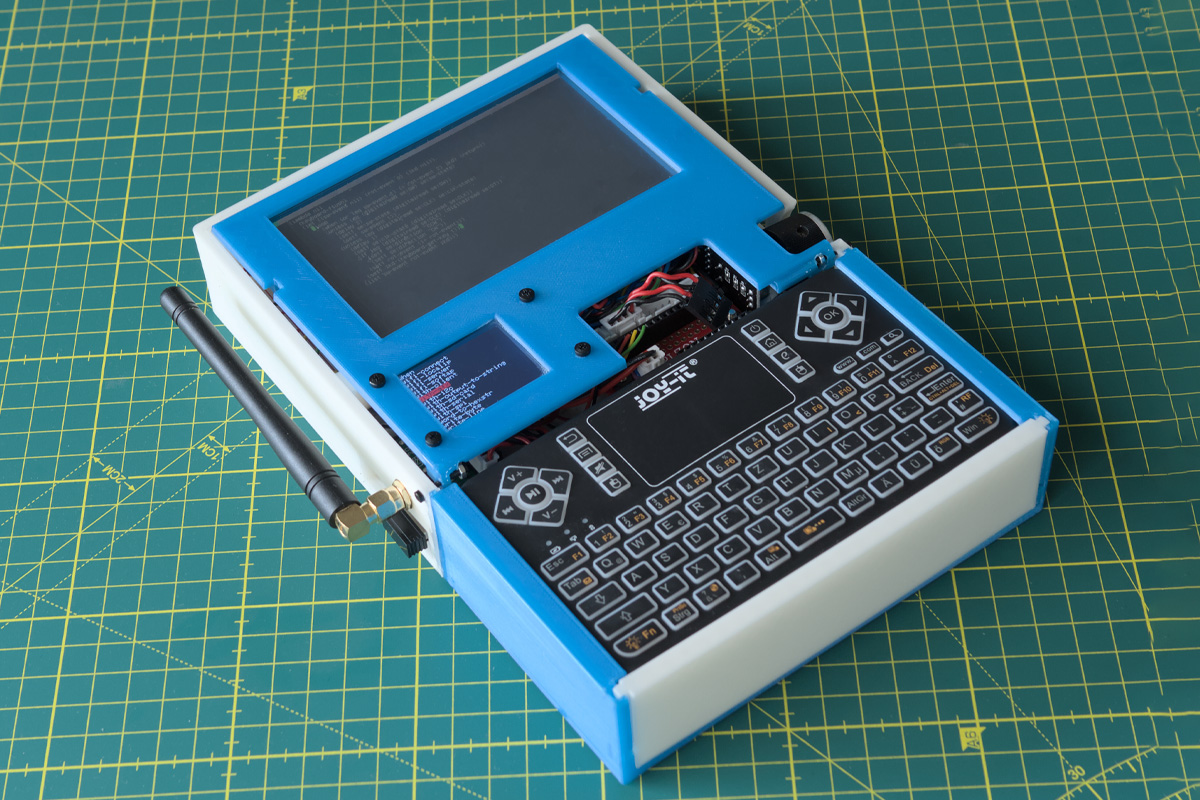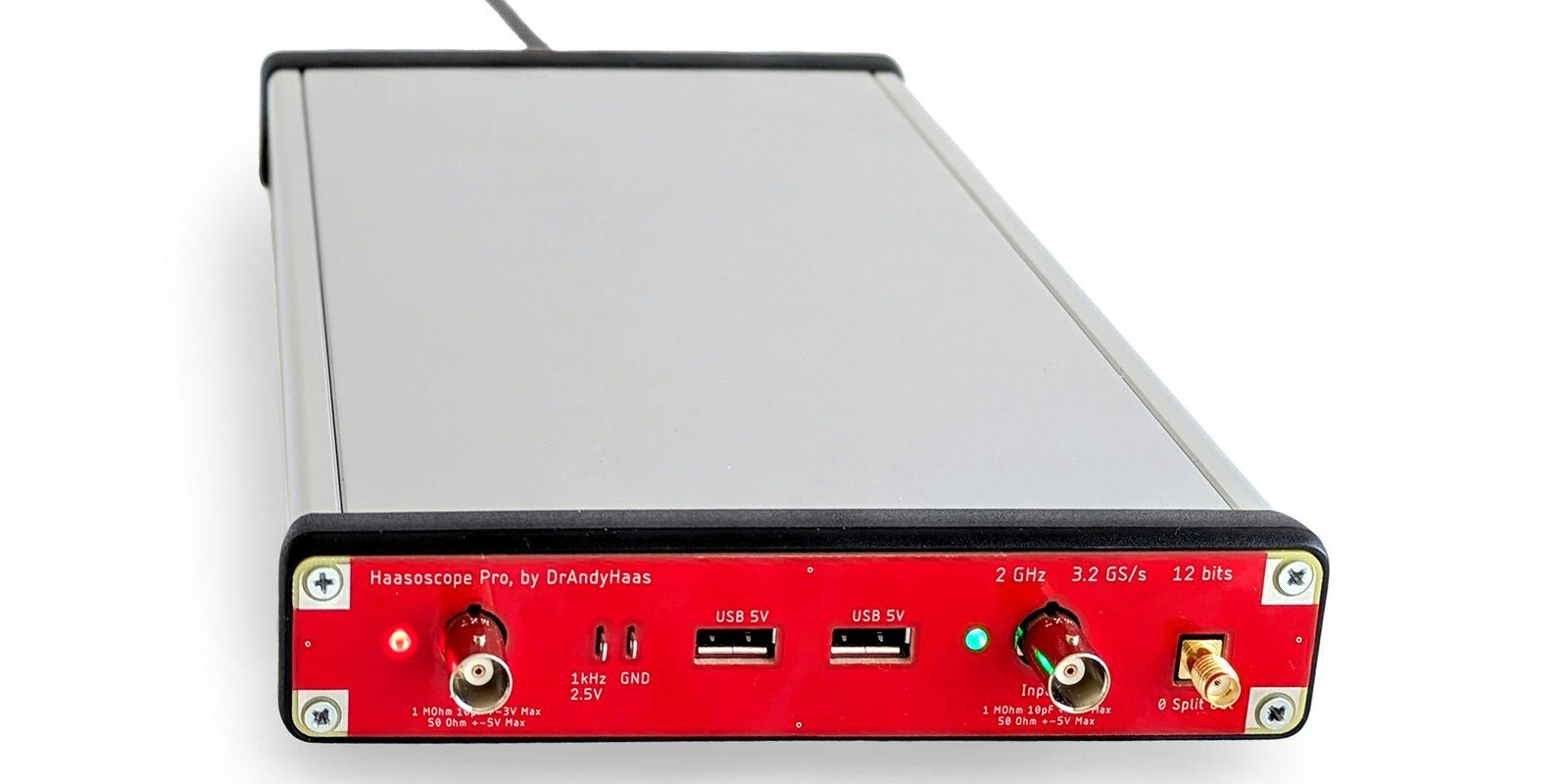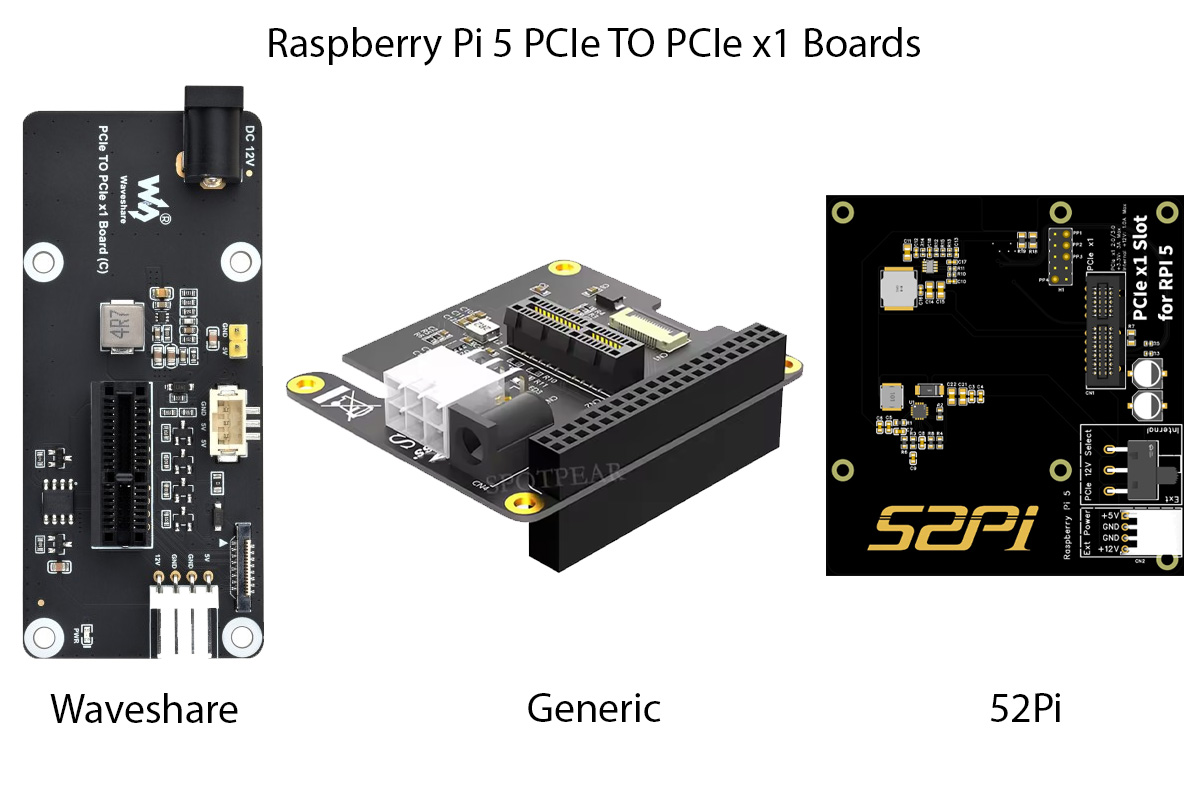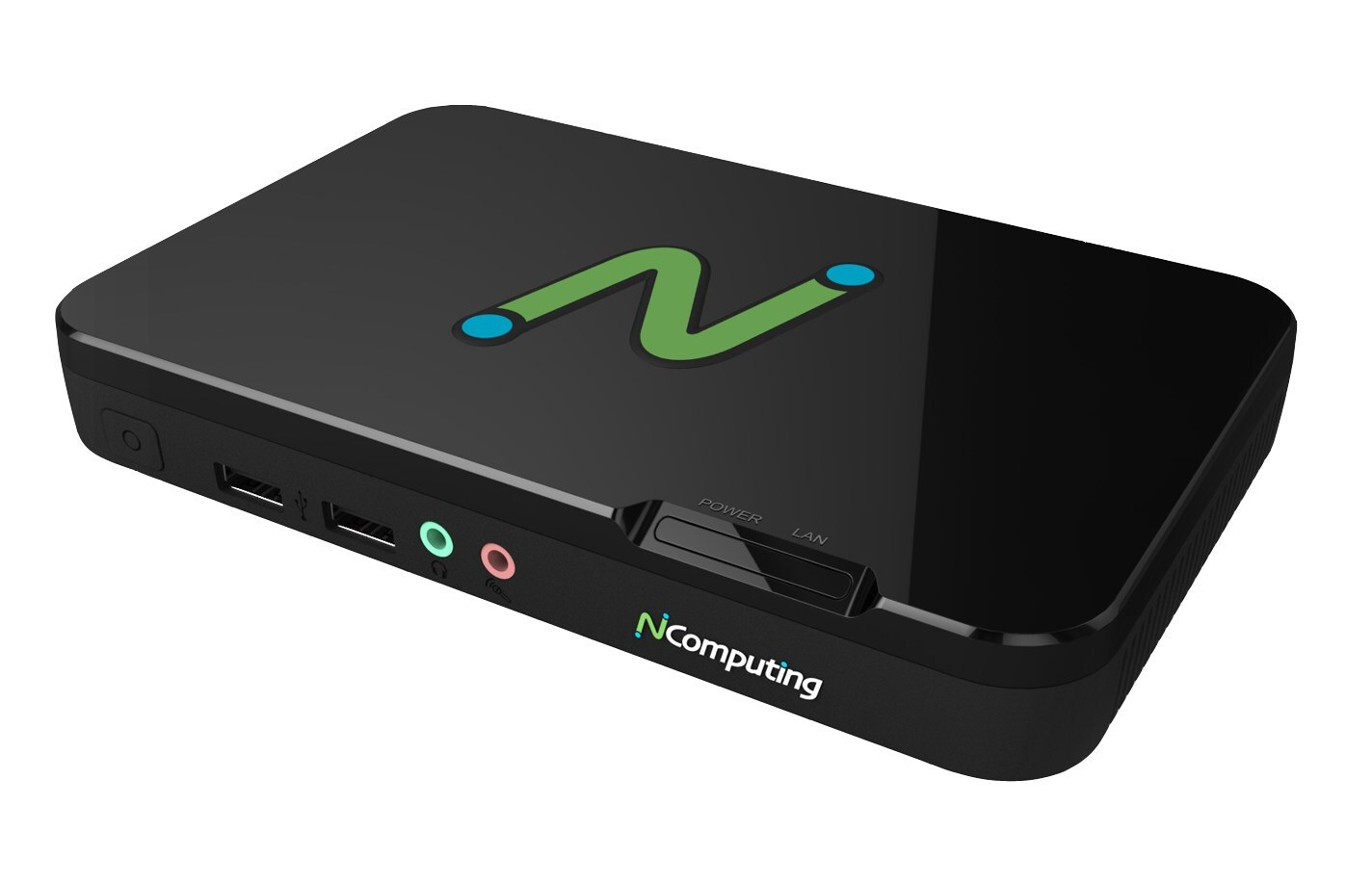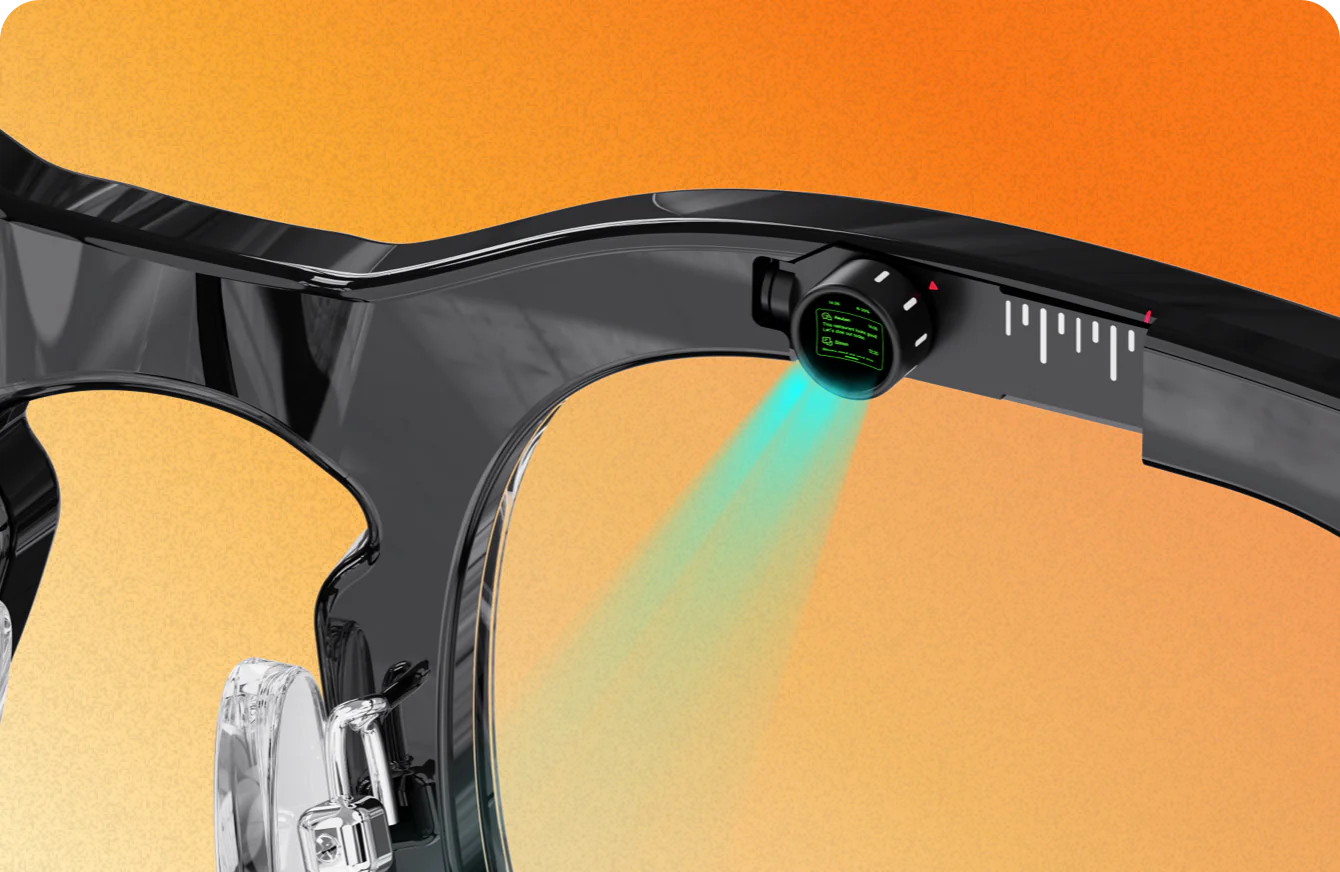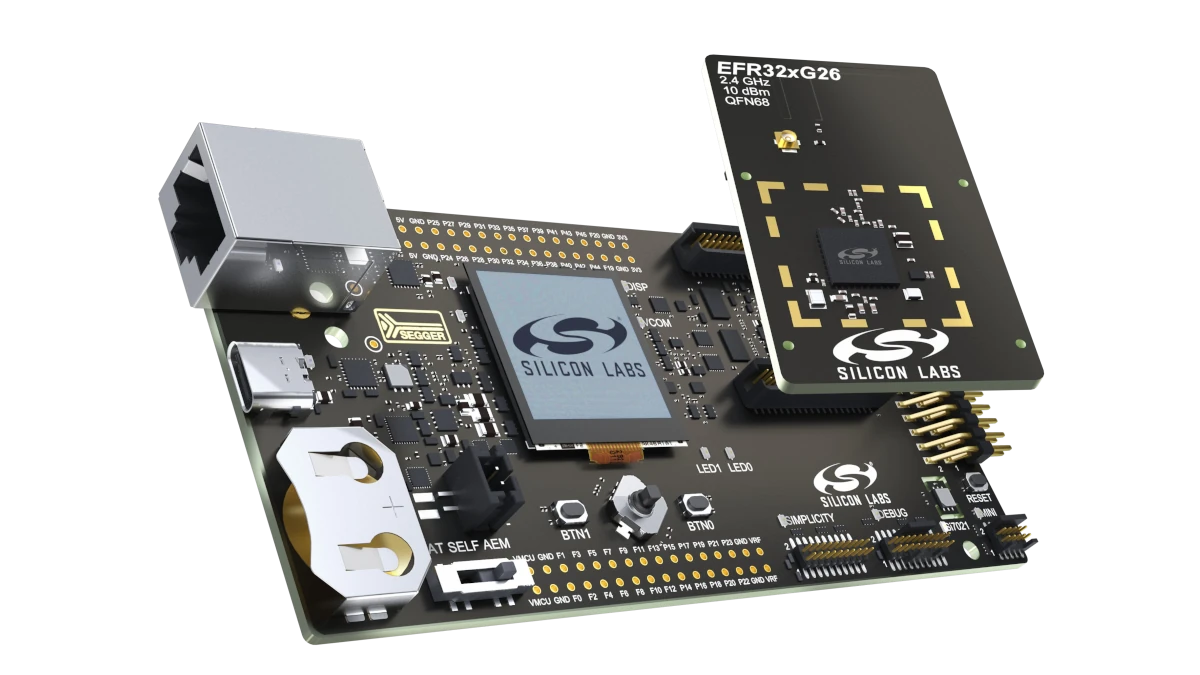Seeed Studio’s XIAO 6-Channel Wi-Fi 5V DC Relay is a compact ESP32-C6 Wi-Fi relay board built around the XIAO ESP32C6 module which supports Wi-Fi 6, BLE 5.0, Zigbee, and Thread connectivity. Designed for remote control and automation, the device comes with pre-installed ESPHome firmware and features six independent relay channels, each supporting 10A at 30V DC or 250V AC, making it ideal for simultaneously controlling multiple DC or AC devices. The board also has two grove ports for sensors and actuators, making it suitable for home automation, industrial control, energy management, smart agriculture, and other applications. XIAO 6-Channel Wi-Fi 5V DC Relay Board Specifications Main module – XIAO ESP32C6 SoC – ESP32-C6 CPU Single-core 32-bit RISC-V clocked up to 160 MHz Low-power RISC-V core @ up to 20 MHz Memory – 512KB SRAM, 16KB low power SRAM Storage – 320KB ROM, and 4MB flash Wireless – 2.4 GHz WiFi 6, Bluetooth […]
Giada DN25 fanless 4K digital signage player features Raspberry Pi CM5 Lite module and eMMC flash
Most products based on Raspberry Pi CM5 make use of the eMMC flash version, but Giada DN25 fanless 4K digital signage player relies on the Raspberry Pi CM5 Lite module instead, but still uses 32GB or 64GB flash. This looks like a contradiction at first since the CM5 Lite module has no eMMC flash, but more on that later. The media player uses a CM5 Lite module with 2GB RAM and a wireless module, and features two full HDMI ports to drive up to two 4K displays, a 3.5mm audio jack, a Gigabit Ethernet port, four USB ports, and an RS232 port for peripheral connection (e.g. barcode scanner). Giada DN25 specifications: Compute Module – Raspberry Pi CM5 Lite Module SoC – Broadcom BCM2712 CPU – Quad-core 64-bit Arm Cortex-A76 processor @ 2.4GHz GPU – VideoCore VII GPU with support for OpenGL ES 3.1 graphics, Vulkan 1.3 VPU – 4Kp60 HEVC decoder […]
LispDeck handheld lisp computer Runs uLisp on Teensy 4.1 with Wi-Fi, LoRa, and two screens
Designed by Hartmut Graw, the LispDeck is a Handheld Lisp computer built around the Teensy 4.1 microcontroller for Lisp programming on the go. It features a dual-screen setup with a 5-inch touchscreen and, a secondary ST77350-based TFT display. It also has an Adafruit RFM96 radio module, an ESP8266 Wi-Fi module, a rotary encoder, an SD card for storage, and a detachable wireless USB keyboard, all housed in a 3D-printed case. Running the uLisp language, it features a standalone Lisp programming environment without needing a PC or tablet. It is an evolution of the LispBox, with a portable and battery-powered design, which also maintains compatibility. Unlike Raspberry Pi-based cyberdecks, the LispDeck is designed for complete control over the system without the complexity of Linux. It is useful for Lisp enthusiasts who want a compact, dedicated computing device that’s fully documented. LispDeck Specifications SoC – NXP i.MX RT1062 via Teensy 4.1 board […]
Haasoscope Pro open-source, real-time sampling USB oscilloscope supports up to 2GHz bandwidth (Crowdfunding)
The Haasoscope Pro is an open-source hardware, high-bandwidth, and real-time sampling USB oscilloscope. Building upon its predecessor, the Haasoscope, the new Pro model offers a bandwidth of 2GHz, 12-bit resolution, and a 3.2GS/s sampling rate. The Haasoscope Pro USB oscilloscope is “designed to be low cost, while maintaining super-fast performance.” While it only comes with 2 channels, the flexible design makes it possible to combine and sync multiple devices (using Cat5 cables) to double the sample rate or add more channels. The oscilloscope works with standard x10 passive probes but a custom active probe, the Haasoscope Pro-be, is also offered. It supports the full 2GHz analog bandwidth and is priced much cheaper than similar probes. The Haasoscope Pro USB oscilloscope’s high sampling rate and bandwidth make it ideal for radio frequency signal analysis and high-speed digital debugging. It is similar to the ThunderScope Thunderbolt and PCIe oscilloscope which offers more […]
PCIe x1 slot adapters let the Raspberry Pi 5 SBC interface with standard PCIe cards
Waveshare has recently launched the PCIe TO PCIe x1 Board (C) which is a PCIe FFC connector to standard PCIe x1 slot adapter board for the Raspberry Pi 5. But while searching for more details about the board, I also found out about other solutions from 52Pi and Spotpear, which are a bit older, but still worth taking a look because of their unique features and low cost. These Raspberry Pi PCIe x1 slot adapters allow users to connect expansion cards such as network cards, storage controllers, and other PCIe peripherals to the Raspberry Pi 5. Additionally, the board features a dedicated 12V power header and DC jack, which supplies power to the 12V pins of the PCIe slot, for power-hungry devices. These features allow for applications like AI acceleration, high-speed networking, and storage expansion. Waveshare PCIe TO PCIe x1 Board (C) The Waveshare PCIe FFC to PCIe x1 Adapter […]
NComputing RX540 Raspberry Pi CM5-powered thin client supports Citrix, Microsoft AVD, WIndows 365, RDS, and more
NComputing RX540 is a thin client powered by the Raspberry Pi CM5 that works with Citrix, Microsoft Azure Virtual Desktop (AVD), Windows 365, Remote Desktop Services (RDS), and NComputing’s own vSpace Pro and VERDE VDI platforms. Omnissa Horizon integration is expected in March 2025. We first covered NComputing when the company released the RX300 Raspberry Pi 3-based Thin Client in 2017, which we reviewed with Windows Server 2016 the same year. Since then, the company introduced the RX420(HDX) Raspberry Pi 4 Thin Client compatible with Citrix HDX in 2020, and now they’ve introduced their first Raspberry Pi Compute Module-based hardware with the CM5-powered NComputing RX540 thin client, and there’s also an RX580 model with 8GB RAM and internal storage available upon request. Ncomputing RX540 specifications: SoM – Raspberry Pi Compute Module 5 SoC – Broadcom BCM2712 CPU – Quad-core 64-bit Arm Cortex-A76 processor @ 2.4GHz GPU – VideoCore VII GPU […]
Halliday Proactive AI Smart Glasses feature invisible display, real-time translation, and hands-free control for $369+ (Crowdfunding)
Like the wearable voice-activated assistants last year (Rabbit R1 and Humane AI), smart glasses have become quite trendy and will likely be the most popular AI-enabled form factor this year. The Halliday smart glasses are a pair of AI-enabled smart glasses with an invisible display and a proactive assistant that “helps before you ask”. The Halliday smart glasses integrate a small display module into the frame, unlike the Loomos and Looktech smart glasses launched earlier this year through crowdfunding campaigns. The display module, DigiWindow, is described as “the world’s smallest display module at 3.5mm” and invisible to onlookers. It uses a monochrome green MicroLED with projection optics to allow users to access information without obstructing their field of view. The Halliday proactive AI smart glasses come in a lightweight frame, weighing only 35 grams. They can be controlled by voice, the included controller ring, a rapid button for shortcuts, or […]
Silicon Labs MG26 development kits and SoCs are now available for Matter and multiprotocol Smart Home applications
Silicon Labs MG26 is a new family of Arm Cortex-M33 wireless SoCs designed for Matter or multiprotocol Smart Home applications that provide an update to the MG24 with more memory and storage, additional GPIO, a 4×40 LCD controller, and an integrated AI/ML accelerator. We first covered the new wireless microcontroller family in April 2024, but the company has now published a new press release announcing the general availability of the MG26 microcontrollers, and I also noticed some development kits were now available, so we’ll check those out in this post. Silicon Labs MG26 specifications A reminder of the SoC specifications with highlights in bold showing the improvements or differences against the MG24 family: MCU core – Arm Cortex-M33 @ 78.0 MHz with DSP instruction and floating-point unit Memory – Up to 512 kB RAM data memory Storage – Up to 3200 kB flash program memory AI/ML accelerator – Matrix Vector […]


